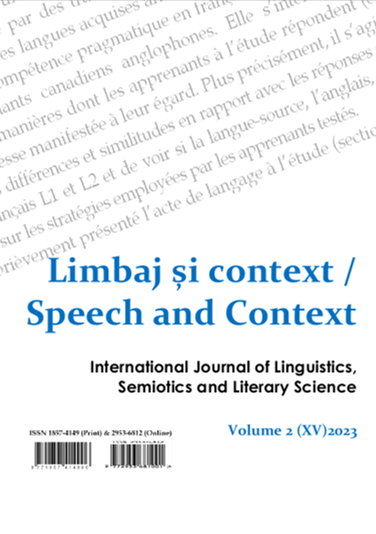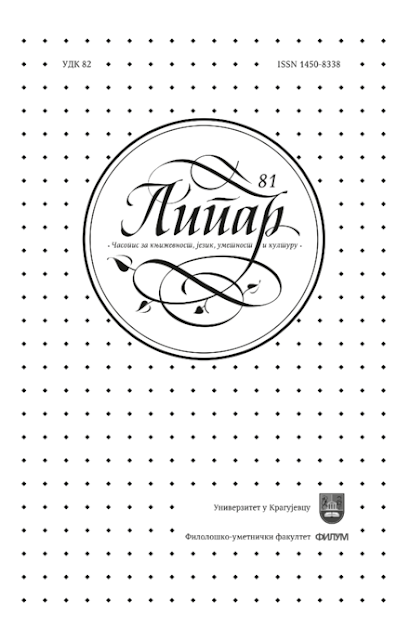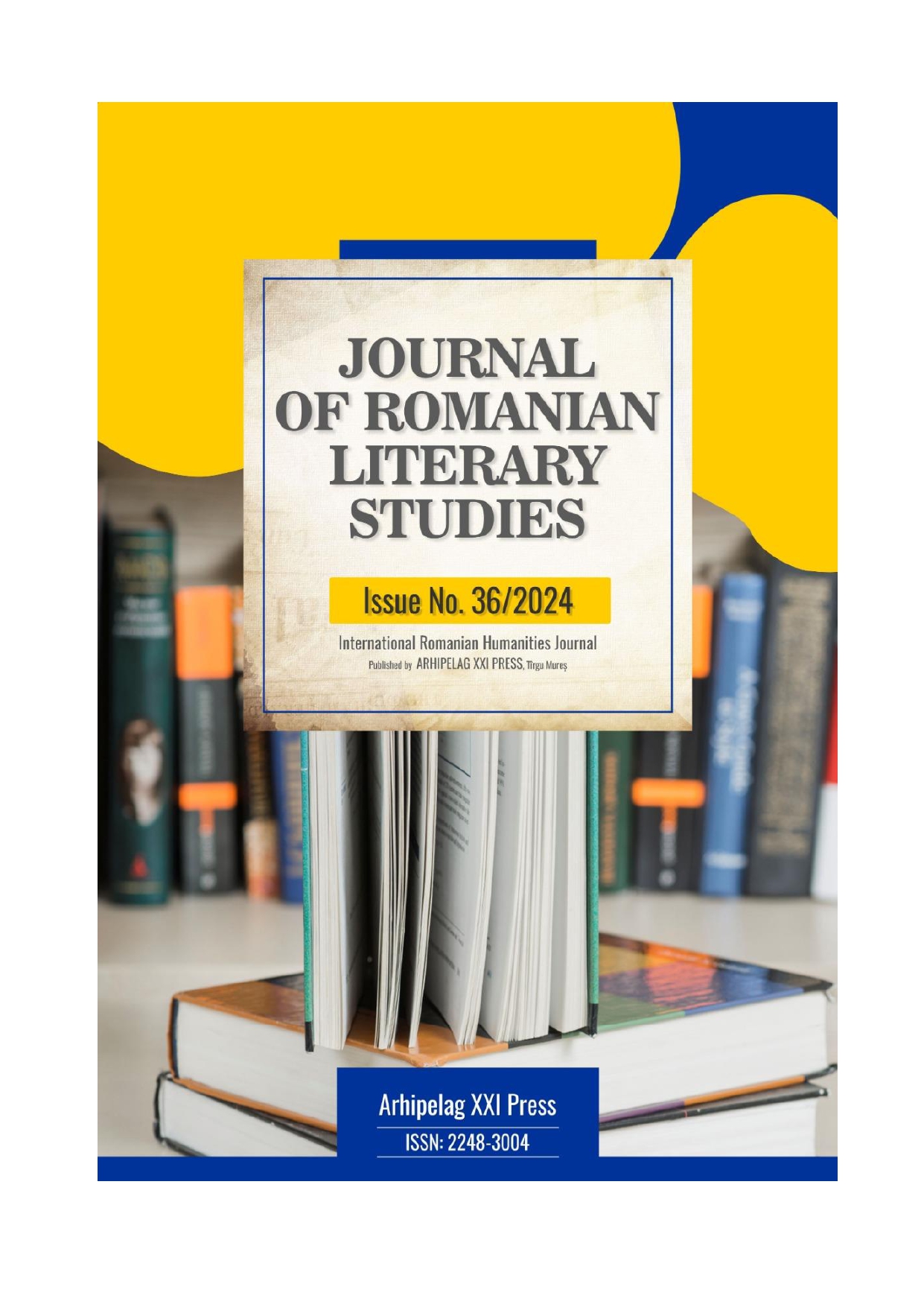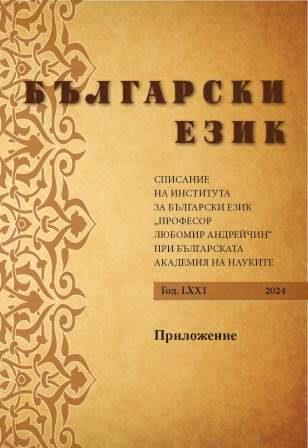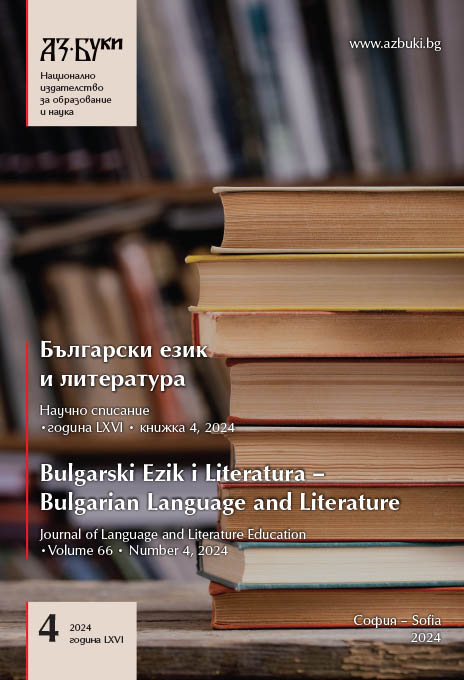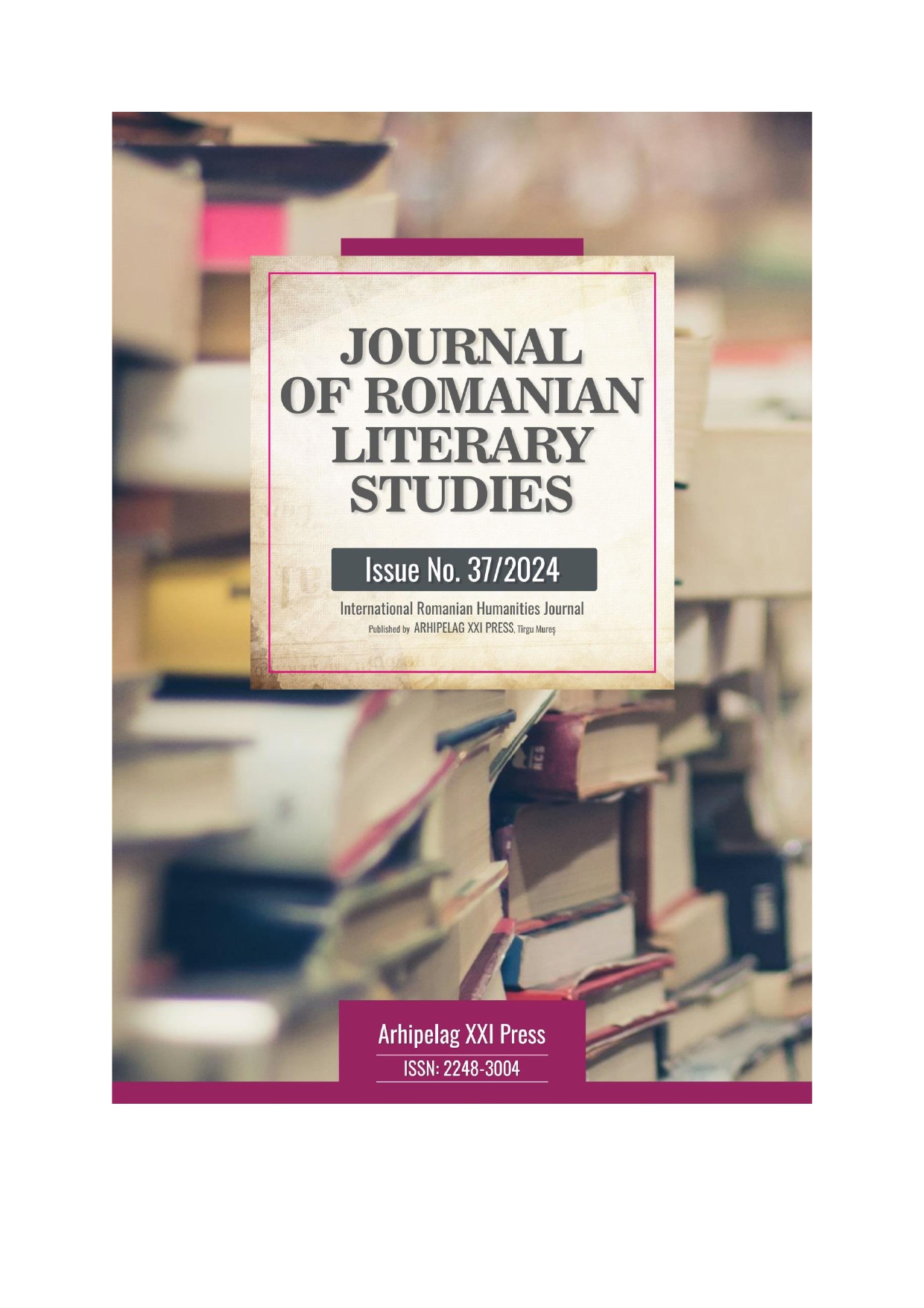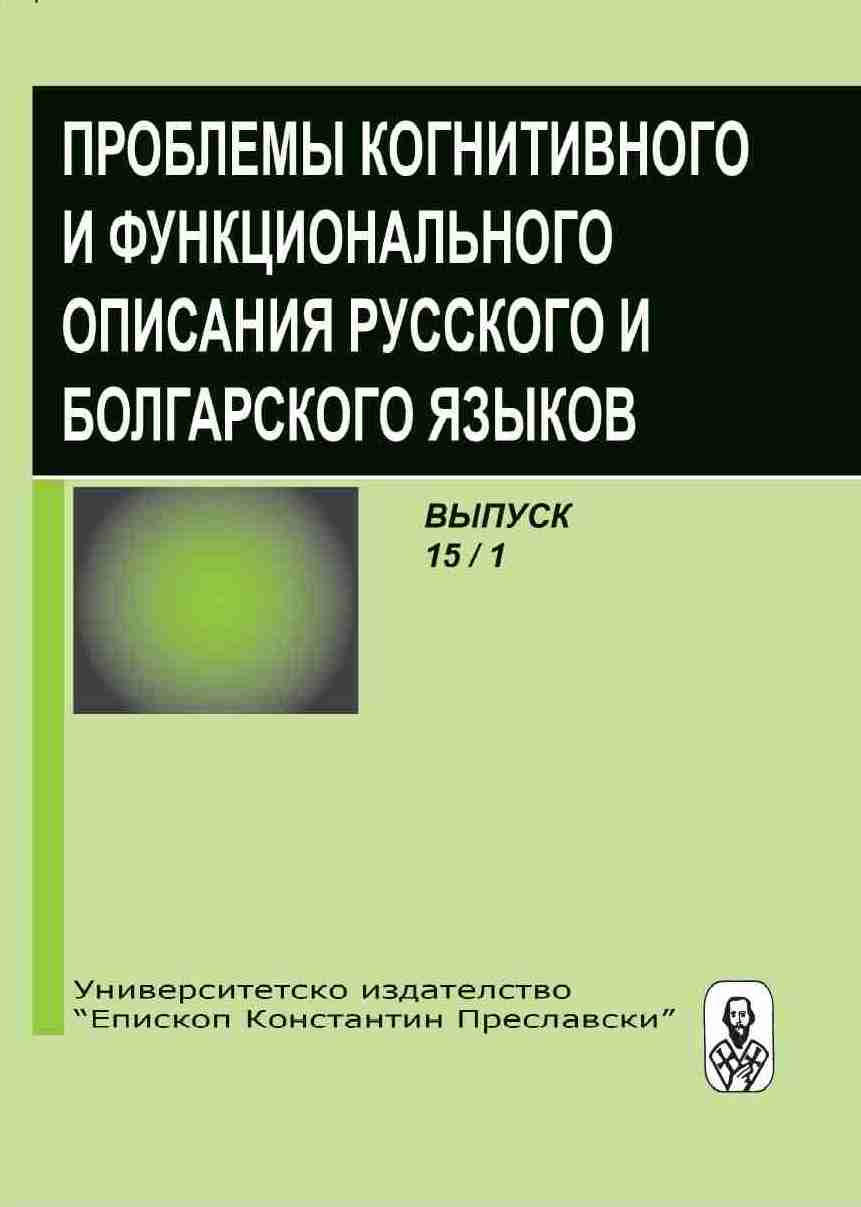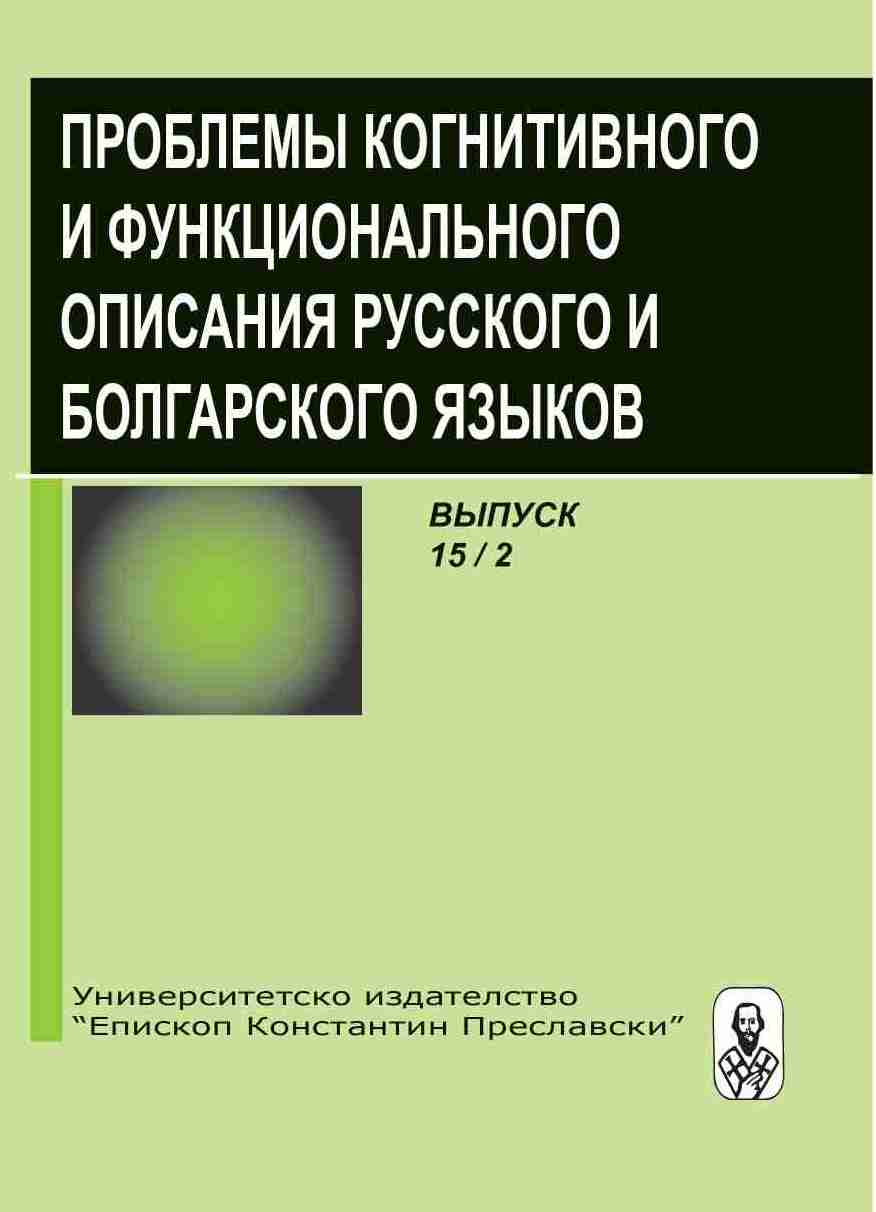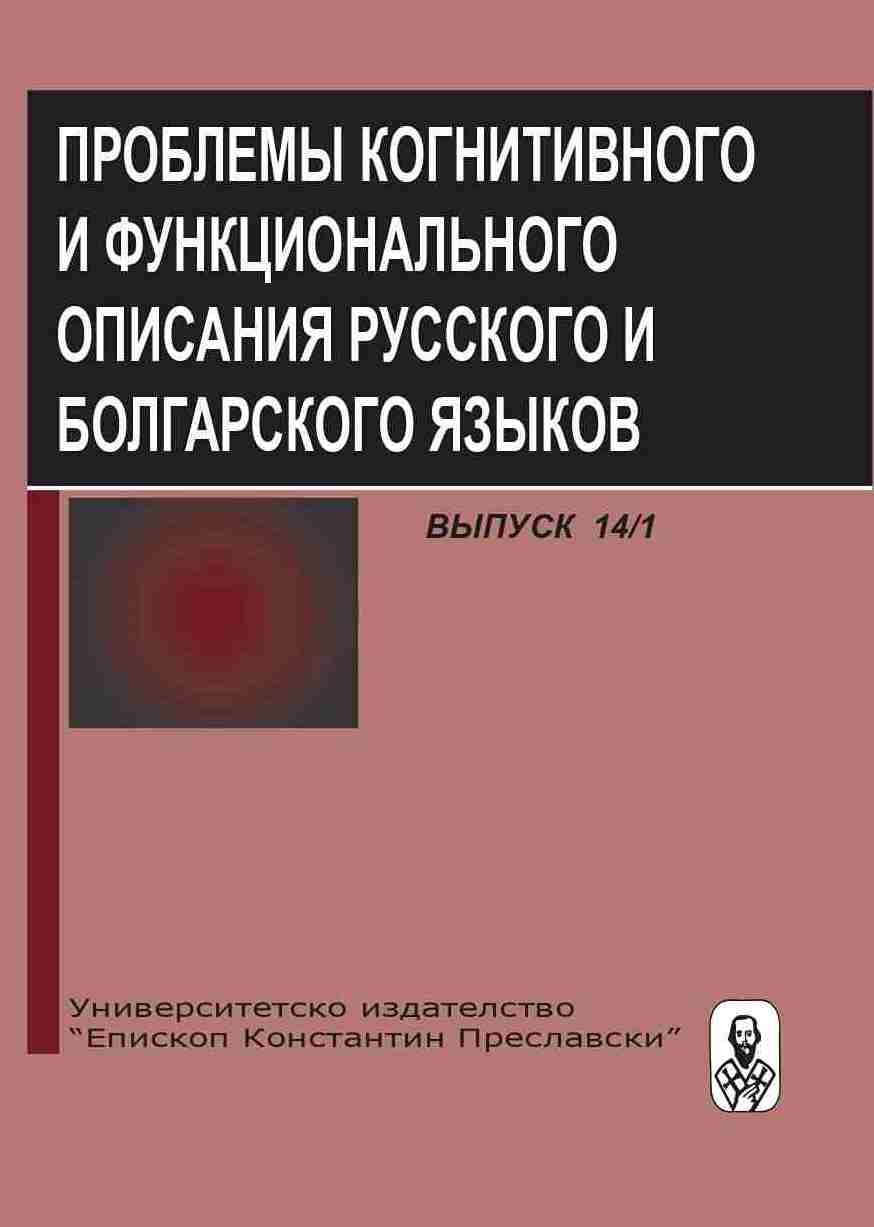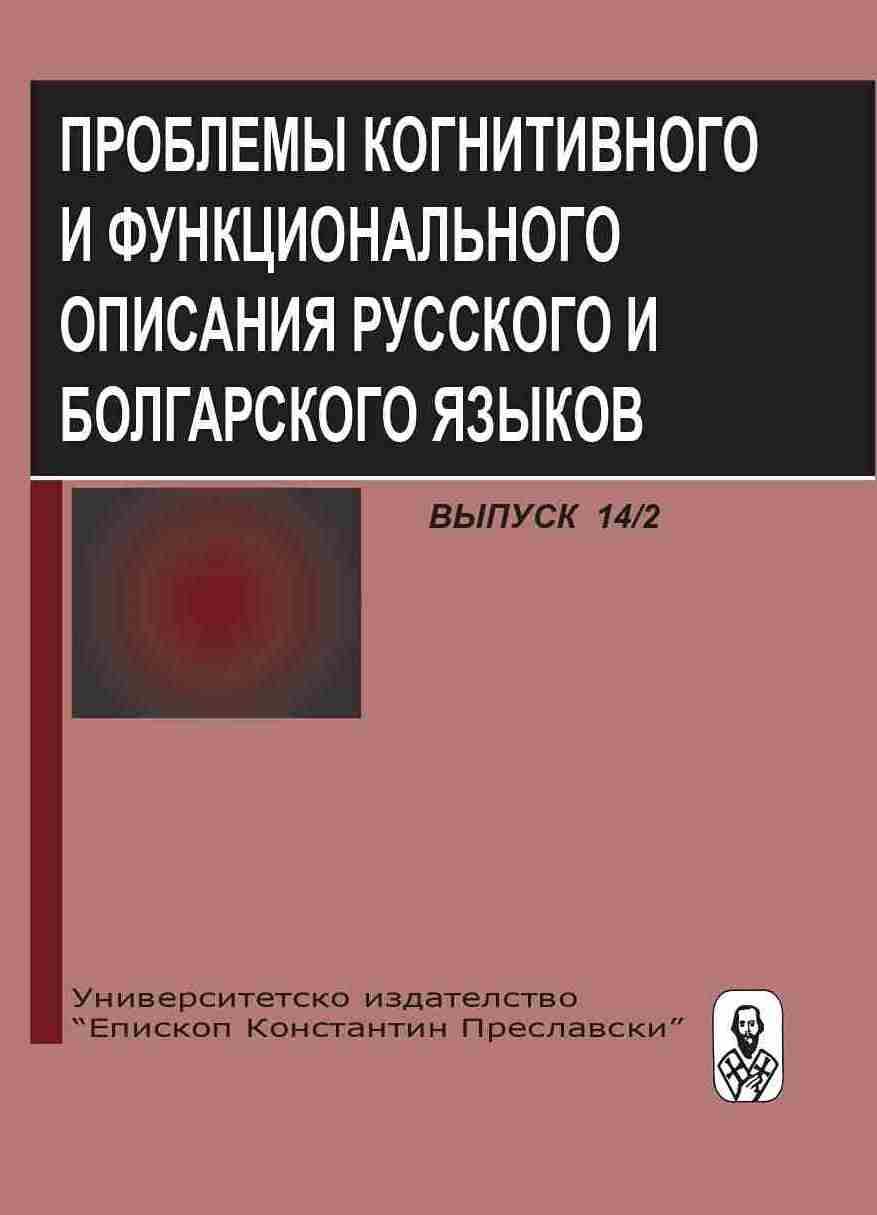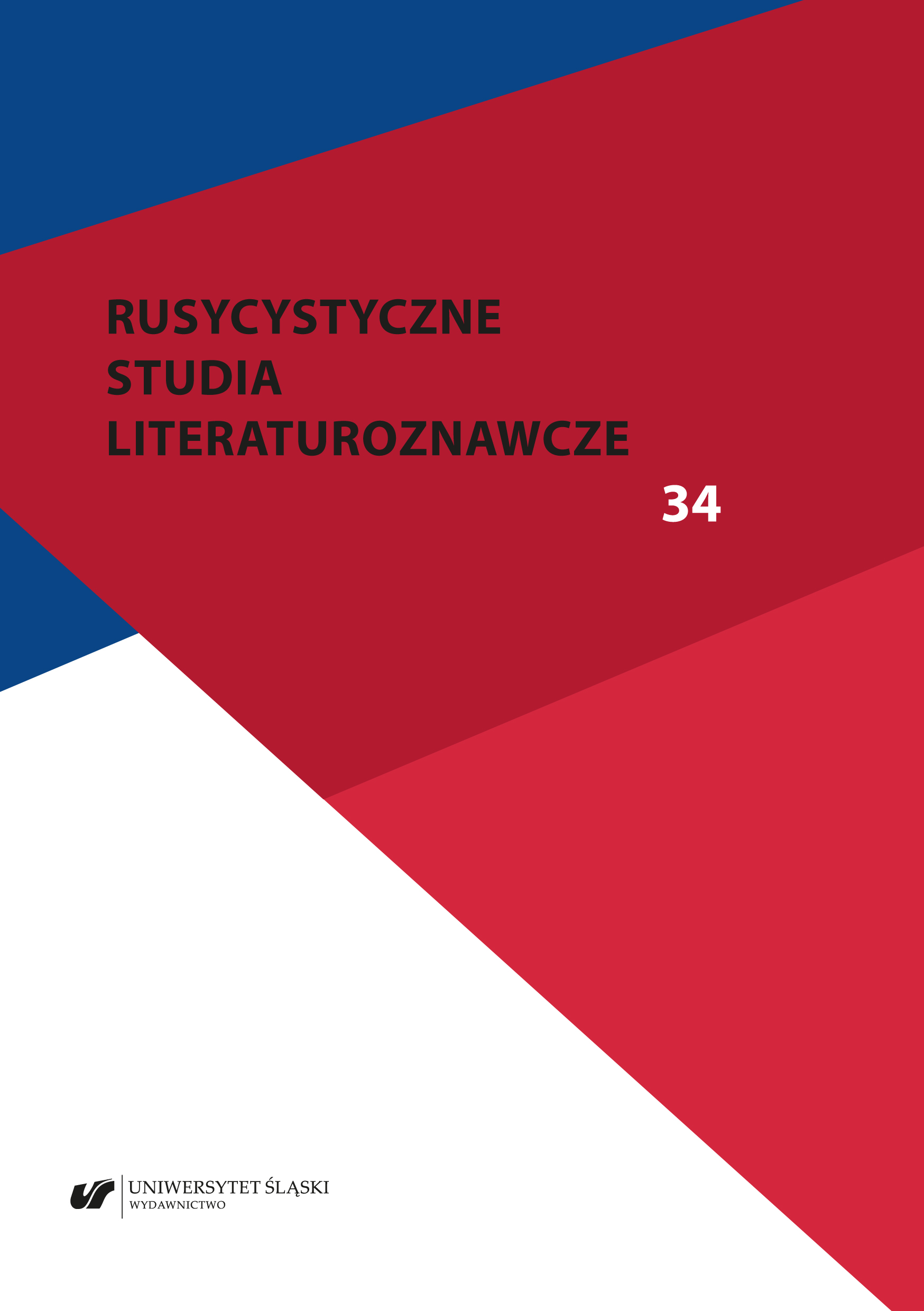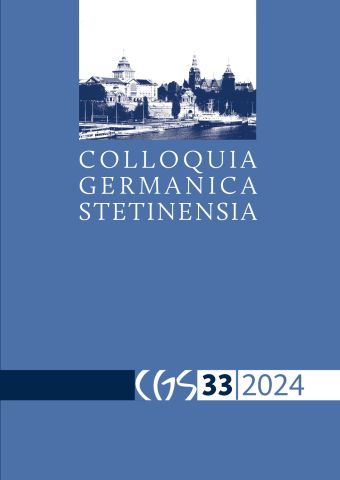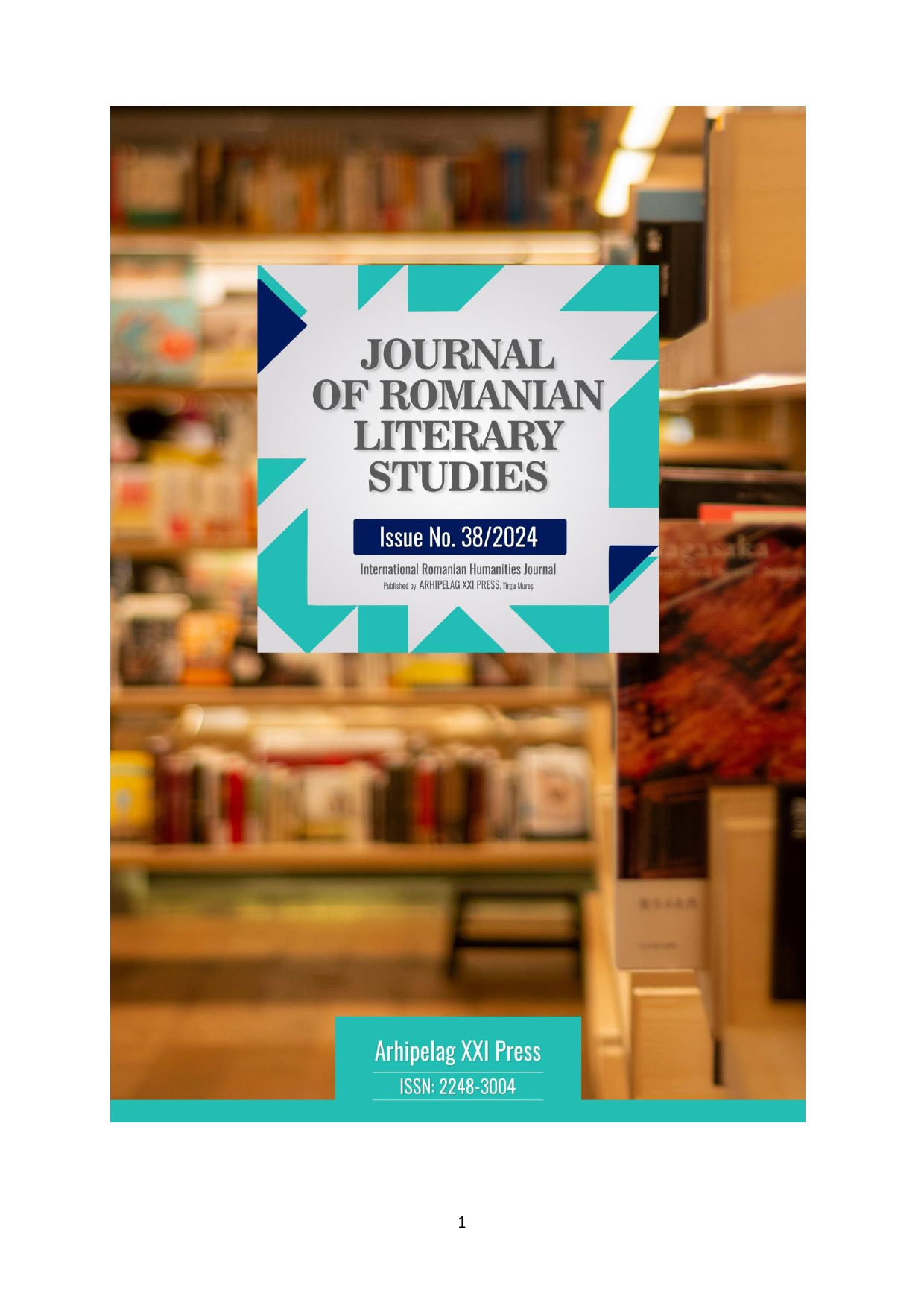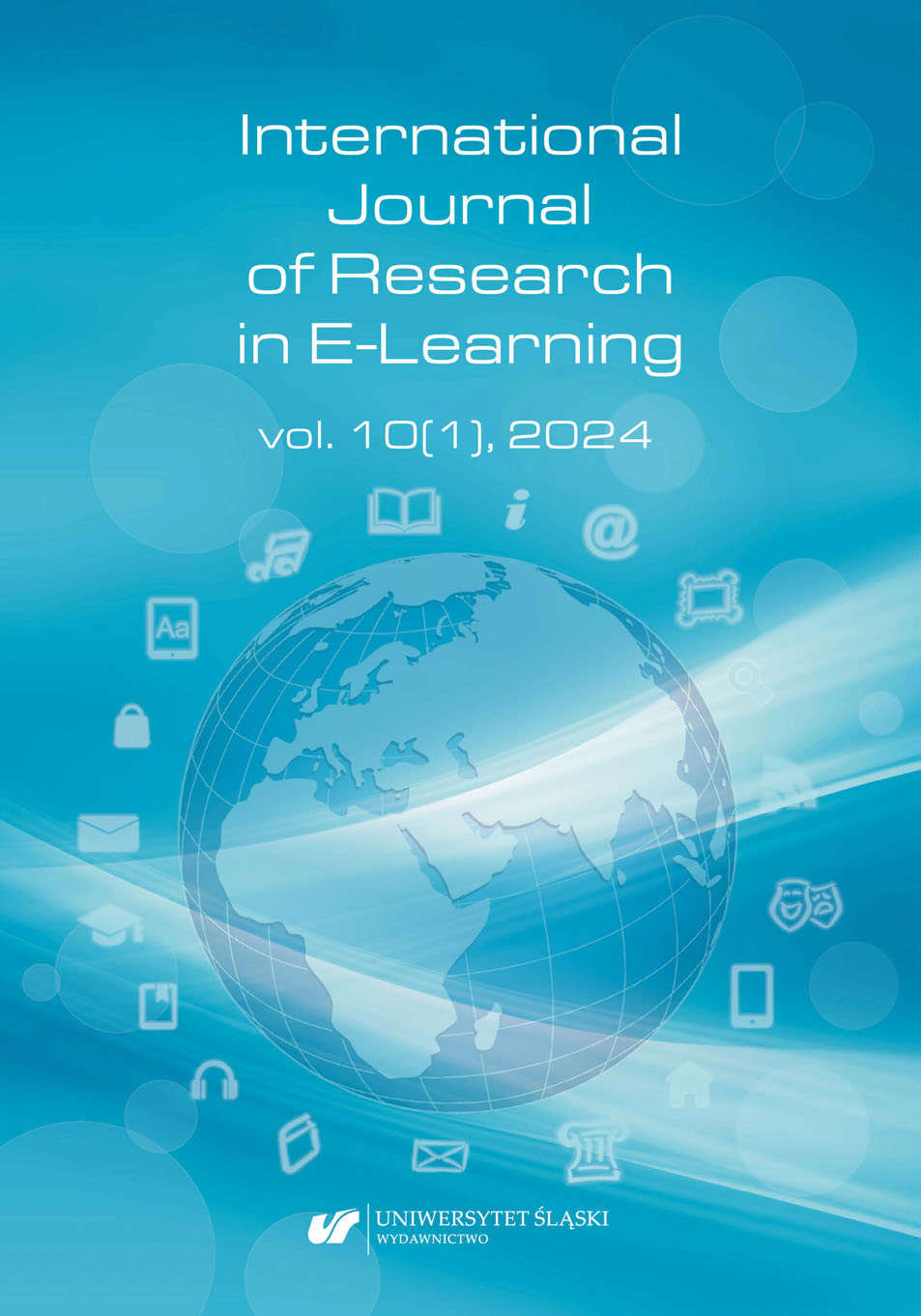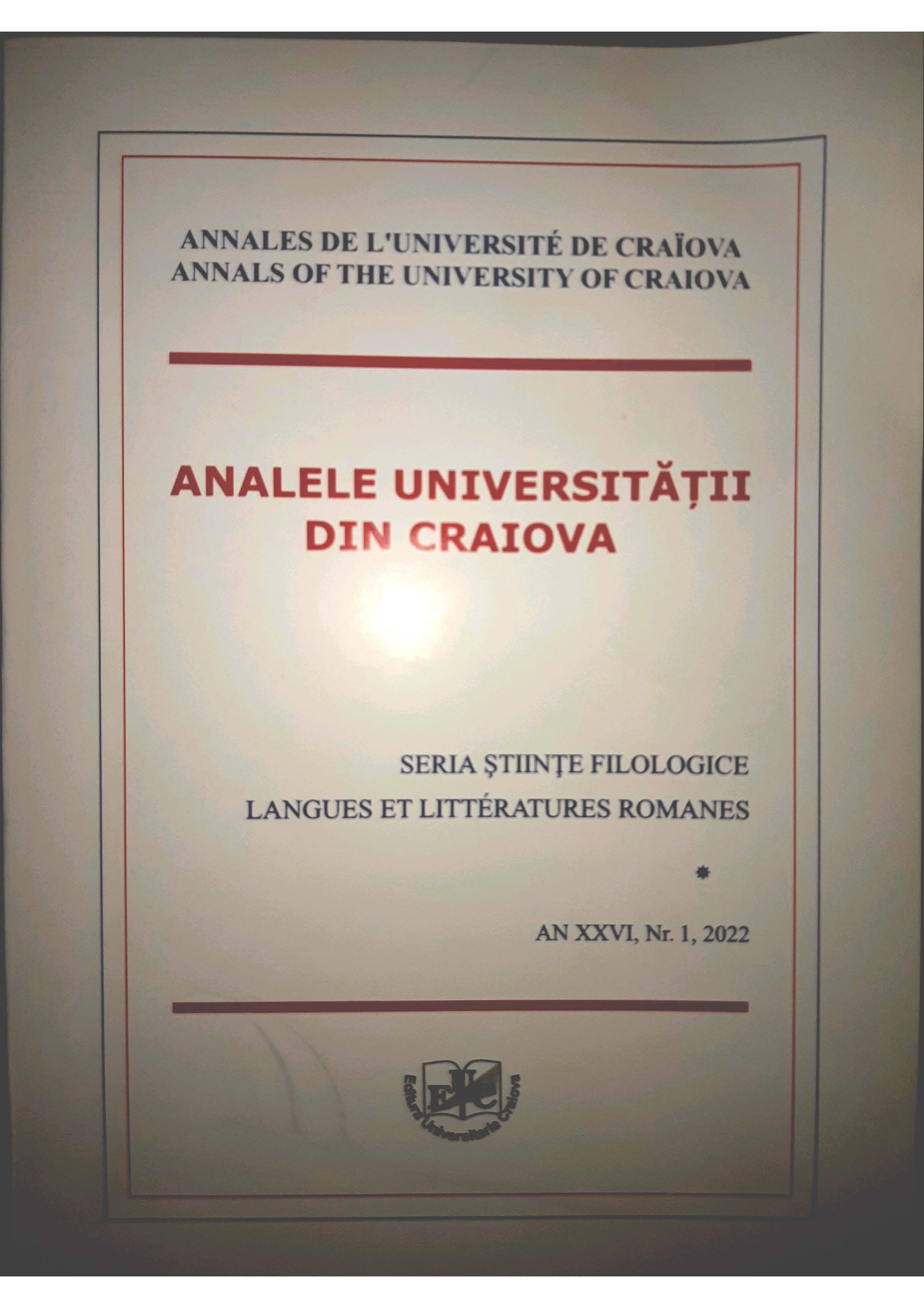
LES « COULEURS DES ÉMOTIONS » : APPROCHE CONTRASTIVE FRANÇAIS-ROUMAIN
Emotions are more often than not expressed, in many languages, through idioms. They are also associated, in many cultures, with different colours of the spectrum. These associations do not seem entirely random to us, as they are due either to the observation of physiological manifestations of emotions, or to cultural / religious traditions or to certain (more or less) universal symbols or representations (there is a whole range of meanings and symbols related to the different colours). In the current paper, we propose a contrastive analysis (French-Romanian) of idioms related to emotions that contain adjectives of colour. We list the idioms that express positive (joy, happiness, enthusiasm) and negative (anger, sadness, fear, jealousy, surprise) emotions containing (adverbial) adjectives of colour: white, black, yellow, red, green, blue and pink, and we compared them in order to identify the points of convergence and divergence. To this end, we used language dictionaries (Le PetitRobert and Larousse for French, DLR for Romanian) and bilingual phraseological dictionaries (see Bibliography).
More...
